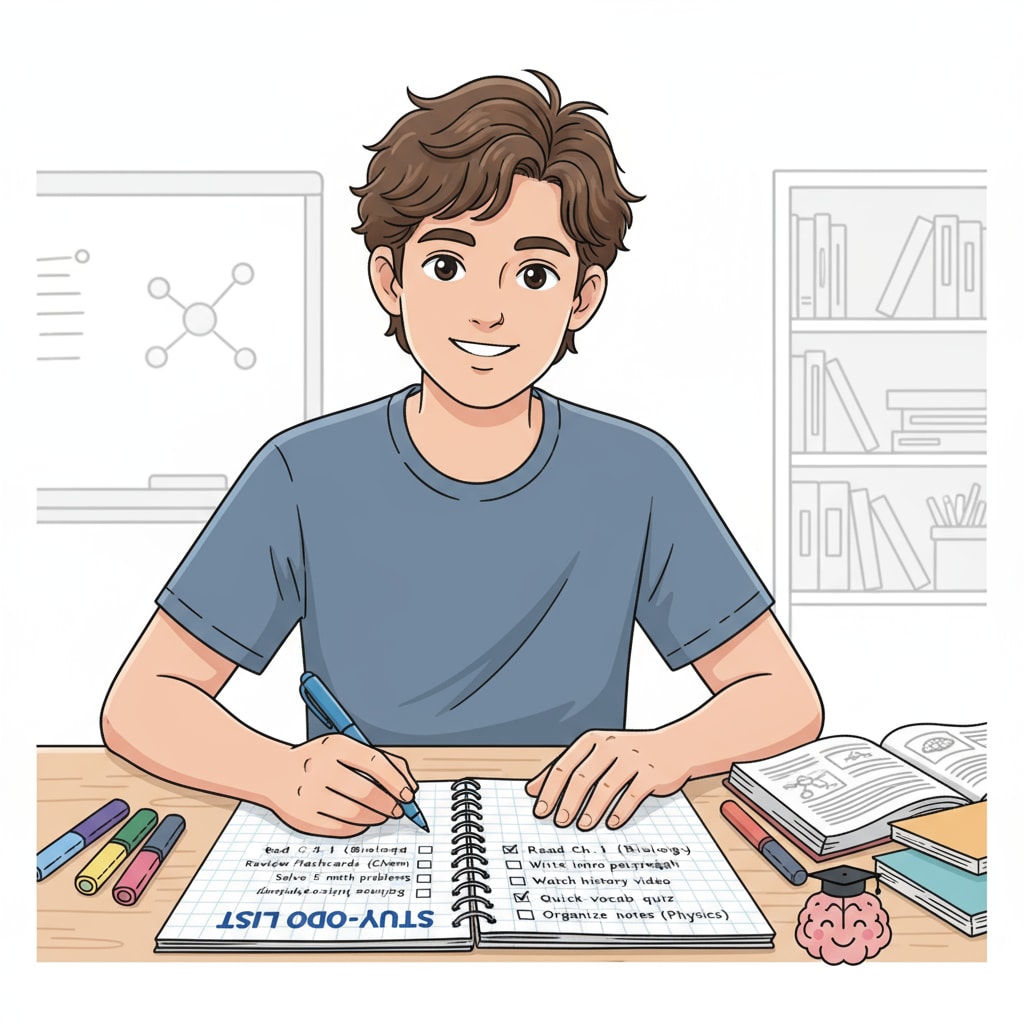Learning motivation, persistence, and small steps are crucial elements in helping K12 students navigate the often challenging terrain of education. In the world of K12 learning, many students face the hurdle of insufficient motivation. This lack can stem from various factors, such as high-pressure environments, difficult subjects, or a sense of overwhelm. However, there is a powerful solution: taking small steps.

The Power of Small Steps
Small steps are like the building blocks of a successful learning journey. When students break down large tasks into smaller, more manageable ones, it becomes less intimidating. For example, instead of trying to master an entire chapter of a textbook in one sitting, they can focus on one section at a time. This approach not only makes the learning process more digestible but also boosts confidence as students achieve small victories along the way. According to Psychology Today, the sense of accomplishment from completing small tasks can trigger the release of dopamine, a neurotransmitter associated with motivation and reward.

Overcoming Motivation Barriers
One of the main reasons for low motivation is the fear of failure. Students may be hesitant to start a task if they think they won’t be able to complete it successfully. Small steps can help overcome this fear. By starting with something simple, students can gradually build up their skills and confidence. In addition, persistence plays a vital role. Even when faced with setbacks, students who persevere are more likely to reach their learning goals. As Britannica states, motivation is not a static trait but something that can be cultivated through consistent effort.
Another common obstacle is distraction. In today’s digital age, it’s easy for students to get sidetracked by social media, video games, or other forms of entertainment. To stay focused, students can use the small-step approach to create a structured study routine. For example, they can set aside short, focused study intervals followed by brief breaks. This way, they can maintain their concentration and avoid burnout.
Readability guidance: The key is to break down complex ideas into simple, easy-to-understand points. Use transition words like ‘however’, ‘in addition’, and ‘for example’ to make the flow of the article smooth. Keep paragraphs short and to the point, and use lists whenever possible to organize information clearly.


